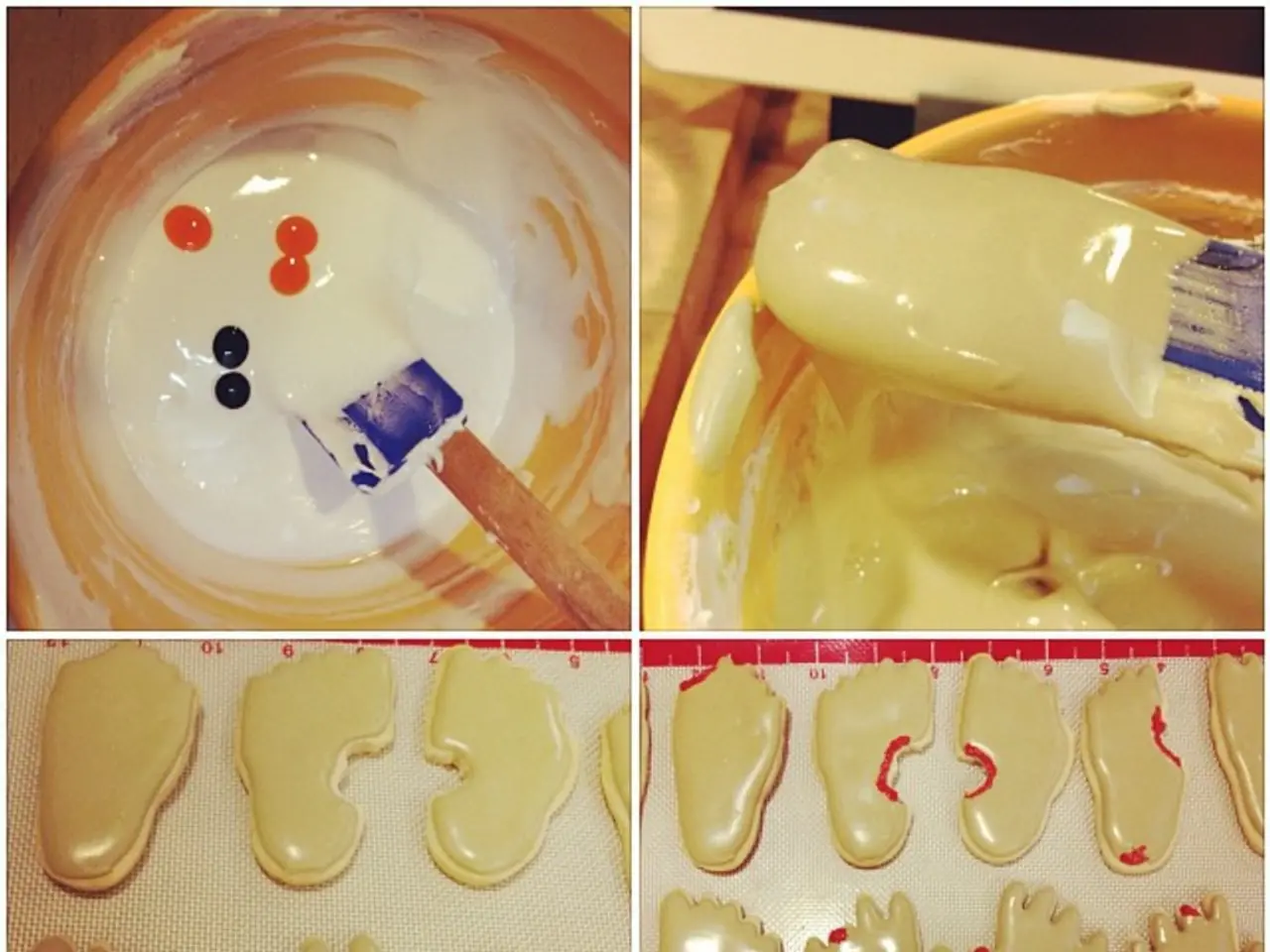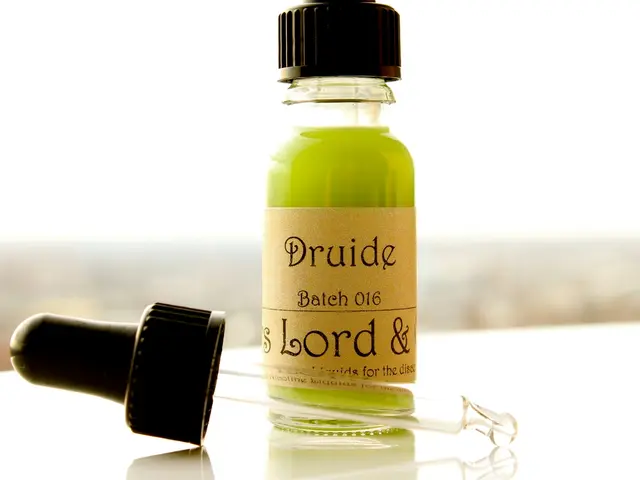Importance of Regular Mold Inspections in Residential and Business Properties
In a bid to maintain a safe and healthy living or working space, a proactive approach towards mold assessment and prevention is essential. This plan, designed for both residential and commercial areas, focuses on regular inspections, moisture control, ventilation, and prompt remediation.
1. Conduct Thorough Initial and Routine Assessments
To begin, hire certified mold inspection professionals who will perform initial and periodic assessments. These assessments should include identifying and documenting all visible mold and moisture sources, using tools like moisture meters, infrared cameras, and air sampling to detect hidden mold, and testing air quality and mold spores to identify mold species and severity. Detailed reports including contamination extent and recommended actions should be provided.
2. Moisture Control and Source Elimination
Since mold growth is moisture-dependent, controlling humidity and moisture is crucial. This can be achieved by repairing leaks promptly, ensuring proper drainage around buildings, installing or maintaining dehumidifiers and air conditioning systems, and avoiding overwatering indoor plants. Regularly inspecting and maintaining building envelopes to prevent water intrusion and condensation is also essential.
3. Improve Ventilation and Air Quality
Enhancing air circulation helps reduce moisture buildup. Use exhaust fans in high-moisture areas such as bathrooms, kitchens, and laundry rooms. Vent attics, crawl spaces, and basements adequately, and open windows and doors when weather permits for natural ventilation. Utilize HEPA air purifiers and HEPA-filter vacuum cleaners to reduce airborne mold spores and allergens indoors.
4. Implement Regular Maintenance and Cleaning
Schedule regular cleaning and upkeep tasks. Clean gutters, replace HVAC filters, and repair damaged caulking or weather stripping to keep moisture out and airflow optimal. Remove and replace porous materials heavily affected by mold, as mold can penetrate deeply and be difficult to eradicate otherwise. Clean surfaces regularly, especially those prone to moisture accumulation, using mold-killing agents when necessary.
5. Develop a Customized Remediation and Prevention Plan
Based on inspection reports, implement tailored remediation strategies. For minor mold issues, professional cleaning or targeted treatments may suffice. For widespread contamination, professional mold remediation following EPA and CDC guidelines is critical to fully remove mold and prevent recurrence. Incorporate ongoing preventative maintenance strategies to address building-specific vulnerabilities and avoid future mold outbreaks.
By consistently applying these steps, you ensure a healthy indoor environment that minimizes structural damage and health risks such as respiratory issues and allergic reactions linked to mold exposure. Regular monitoring and prompt action are essential in both residential and commercial settings to maintain mold-free conditions.
Professional mold testing services utilize advanced techniques and tools to provide reliable results. Long-term mold prevention plans should identify and address the underlying causes of moisture accumulation, implement proper humidity control measures, ensure adequate ventilation, and properly seal cracks and gaps. Early detection and prevention of mold growth are essential for mitigating potential health hazards associated with mold exposure.
- Monitor Climate-Change Indicators to Tackle Mold Improve File monitoring and analysis of climate-change data. Study trends in precipitation, humidity, and temperature to understand how these factors influence mold growth patterns. This knowledge can help you adapt response strategies.
- Engage in Environmental-Science Studies
By learning about the environmental factors influencing mold growth, you can make informed decisions regarding management policies. Study air and water quality, humidity fluctuations, and building materials susceptible to mold growth, and consider implementing sustainable practices to maintain a healthy living or working space.
- Foster Industry Collaboration
Join industry forums, trade shows, and workshops to share best mold prevention practices and learn from other professionals. Collaborate with fellow professionals, researchers, and policymakers to create more effective solutions for dealing with mold contamination.
- Advocate for Regulations and Policies
Speak out and contribute to discussions regarding mold-related regulations and policies. Share your expertise and experiences, advocating for standards that protect public health and safety, and driving policy changes to mitigate the risks associated with mold exposure.
- Embrace Health-and-Wellness Solutions
In addition to mold prevention, invest in health-and-wellness products and services designed to promote overall well-being. Consider air-purifying plants, essential oils, or low VOC (Volatile Organic Compounds) materials when renovating or furnishing a space.
- Invest in Healthy Manufacturing Processes
If you work in the manufacturing industry, explore sustainable materials and low VOC manufacturing processes to minimize the potential for mold growth in your products. This can contribute to a healthier and more eco-friendly lifestyle.
- Support Mental-Health Awareness
Mold exposure can have psychological effects, causing stress, anxiety, and depression. By increasing awareness of mental-health issues and connecting people with appropriate resources, you contribute to a more mentally-healthy society.
- Educate Yourself on Skin-Care Best Practices
By understanding how your skin can react to mold and moisture, you can create personal care routines that minimize the potential for skin irritation and infection. Research effective cleansers, moisturizers, and protective products for daily use.
- Contribute to the Finance Sector's Transparency
As a financial professional, work towards increasing transparency and accountability in the finance industry. Encourage sustainable investing practices, and support policies that weigh the environmental, social, and governance (ESG) implications of investment decisions, fostering a more responsible and secure financial future for all.
- Prioritize Energy Efficiency
By focusing on energy-efficient solutions, you can reduce your carbon footprint and lower humidity levels. This can indirectly help in mold prevention efforts, as lower humidity discourages mold growth.
- Adopt Retail Sustainability Measures
If you own or manage a retail space, incorporate sustainability measures, such as using eco-friendly materials, promoting energy-efficient products, and adopting practices that minimize waste. These efforts can reduce your carbon footprint while maintaining a clean, safer, and more attractive retail environment.
- Implement Transportation Solutions that Reduce Carbon Emissions
Encourage the use of eco-friendly transportation options like electric vehicles, bike-sharing programs, public transit, and walkable communities. This can help mitigate climate change, reduce particulate matter in the air, and lower the risk of outdoor mold growth.
- Bolster Cybersecurity Practices
With an increasing reliance on technology for data storage and management, it's essential to prioritize cybersecurity. Implement strong passwords, utilize secure networks, and stay informed about new threats and protective measures to safeguard your personal and professional information from unauthorized access.
- Promote a Balanced Lifestyle
Encourage a healthy lifestyle that includes regular exercise, a balanced diet, and stress management strategies. By prioritizing wellness, you can improve physical and mental health, fostering a stronger immune system that is better equipped to fight off mold exposure.
- Stay updated on Fashion-and-Beauty Trends
Remain informed about the latest fashion-and-beauty trends that promote healthy skin and eco-friendliness. Opt for cruelty-free, organic, and sustainably sourced products when possible, and share your discoveries with others to encourage environmentally-responsible choices.
- Diversify Food-and-Drink Choices
By trying new recipes, exploring plant-based options, and incorporating superfoods with immunity-boosting properties, you can support a strong and resilient immune system. Educate yourself on the health benefits of various food and drink choices, and recommend alternatives to others when appropriate.




